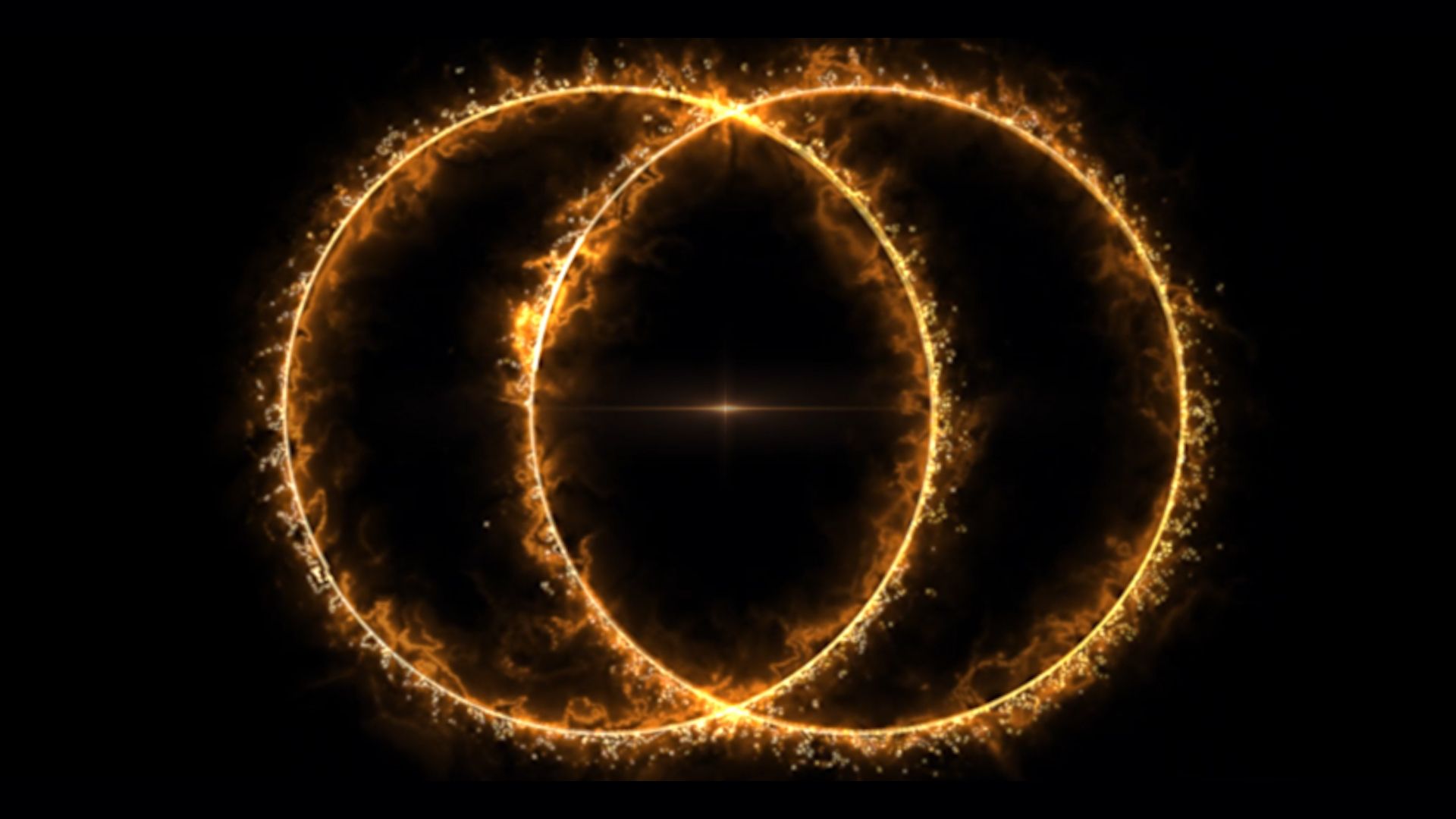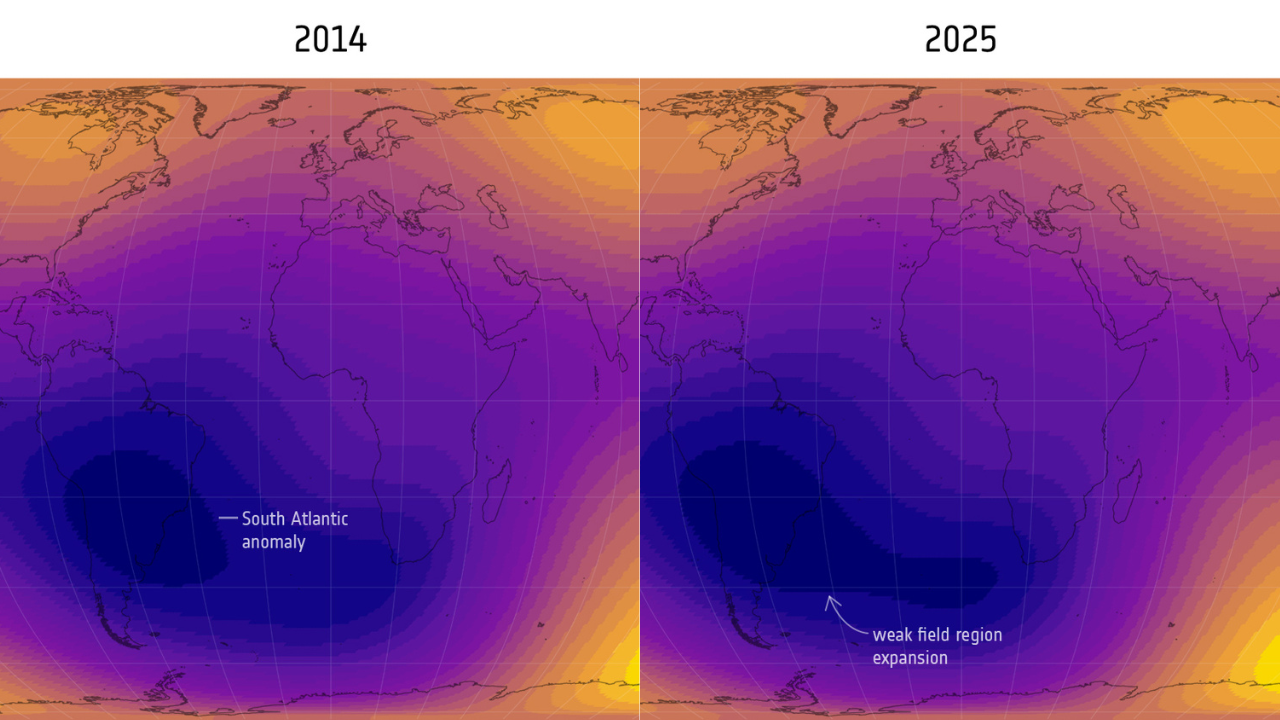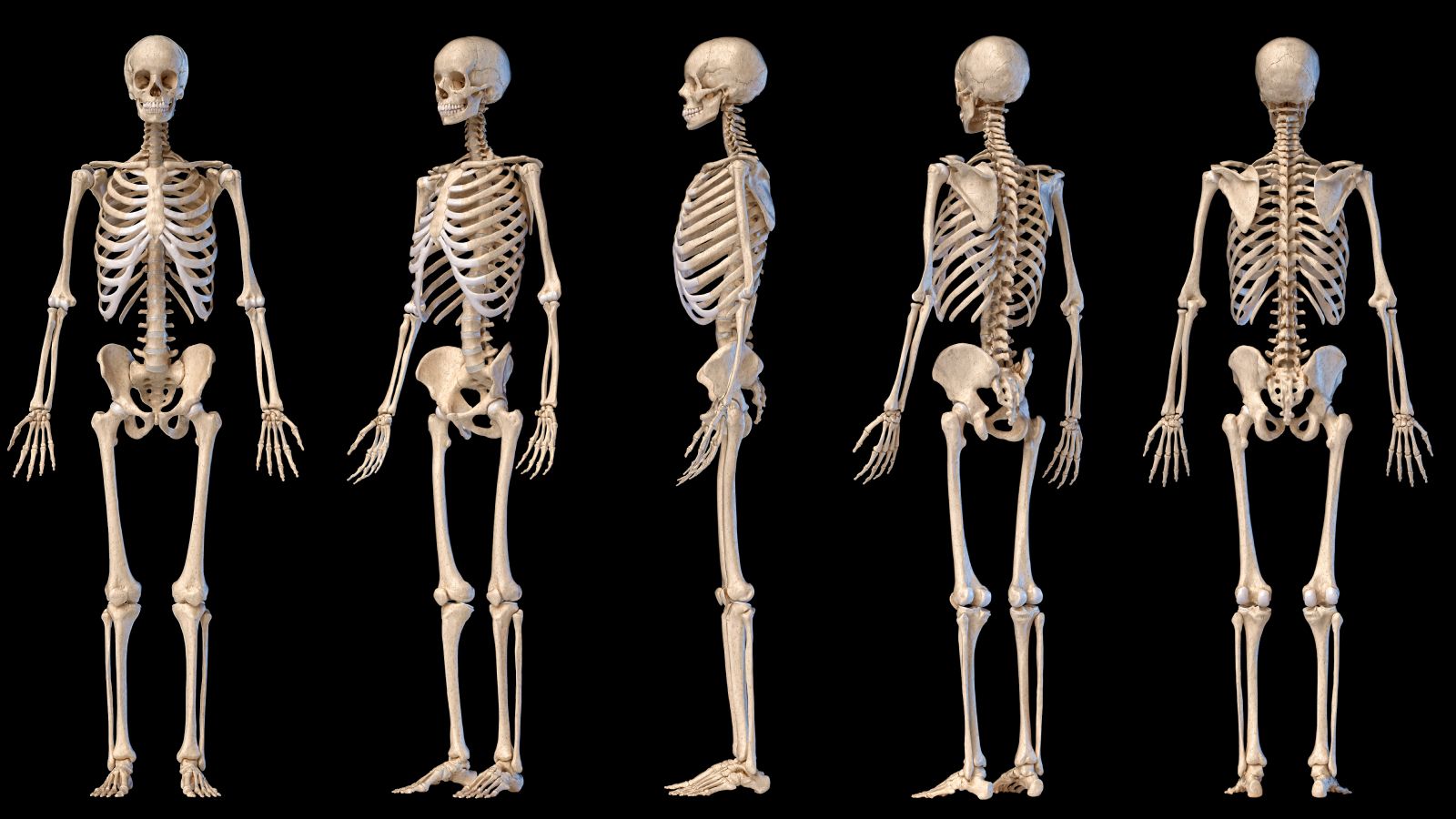With help from citizen scientists, astronomers have spotted the most powerful “odd radio circle” (ORC) yet. The discovery could give astronomers a better understanding of how these unusual objects — and the galaxies they encircle — form.
“ORCs are among the most bizarre and beautiful cosmic structures we’ve ever seen — and they may hold vital clues about how galaxies and black holes co-evolve, hand in hand,” Ananda Hota, founder of the RAD@home Astronomy Collaboratory and co-author of a new paper describing the findings, said in a statement.
This ORC is unique for a couple of reasons. First, it is made of not just one, but two rings interlocked like a Venn diagram. This is only the second time astronomers have observed such a configuration. Second, it is the most distant and powerful ORC found to date. Researchers detailed their findings in a paper published Oct. 2 in the journal Monthly Notices of the Royal Astronomical Society.
The new rings were first flagged by citizen scientists taking part in the RAD@home Astronomy Collaboratory, an international citizen science research platform originally founded in India. The rings were then confirmed by a team of astronomers using the Low-Frequency Array (LOFAR), a series of radio telescopes spread across mainland Europe, and dubbed RAD J131346.9+500320.
“The fact that citizen scientists uncovered them highlights the continued importance of human pattern recognition, even in the age of machine learning,” Pratik Dabhade, an astronomer at the National Center for Nuclear Research in Poland and co-author of the new paper, said in the statement.
Previous research suggested that ORCs could form when supermassive black holes crash into one another, sending out cosmic shock waves. But RAD J131346.9+500320’s twin rings center around a jet-like filament of gas. Based on this structure, Dabhade and his team propose that it may have been shaped by “super winds” flowing from the spiral galaxies it contains. This may hold true for other ORCs as well, though more research is needed to say for sure.
In addition to RAD J131346.9+500320, the paper details two other objects found in collaboration with the RAD@home Astronomy Collaboratory: a galaxy 3 million light-years across that’s surrounded by a radio ring, and another galaxy with a ring around one of its massive jets. Future research from LOFAR and other telescopes, such as the Vera C. Rubin Observatory in Chile, may help reveal more about these structures.














